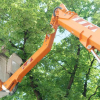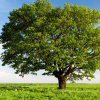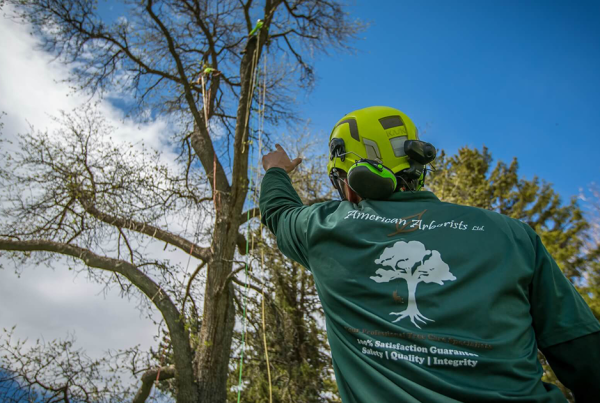
You might think you know all about tree pruning. But just so you know, there are plenty of experienced gardeners and tree caretakers who still have no clue regarding what it is really all about and why it is necessary.
As a matter of fact, gardeners and other people in charge of tree care and management have contradictory views and opinion about pruning. Let’s take for example the fact that most of them think that tree topping and pruning are the same. They are not.
Topping is an improper trimming practice that reputable Arborists would not practice, and in fact is illegal by many city pruning ordinances. The International Society of Arboriculture (ISA) defines topping as an “inappropriate pruning technique to reduce tree size, cutting back a tree to predetermined crown limit, often at internodes.” In other words – tree topping is bad, tree pruning is good.
We’re going to debunk some of the common misconceptions about pruning. But before we do that, let’s tackle why pruning is considered essential for growing trees:
- Pruning removes diseased, damaged or crossing branches. When not removed, these branches can prove deleterious to the tree.
- Pruning prevents can prevent conflicts with structures, walkways, traffic and views.
- Pruning can be used to thin the crown of the tree in order to improve air circulation and reduce negative effects of high winds.
- Pruning improves tree structure through removal of hazardous branches and suppression of competing branches.
Debunking Pruning Myths
Myth #1: Trees Can Perfectly Do Well without Pruning
This is surely the most common misconception people believe concerning pruning. We hate to break it to you, but trees (regardless of what species) need pruning. Failing to prune your trees will not only have a negative effect on their appearance but their health too.
Apart from promoting a fuller appearance, pruning makes the tree grow stronger too. Any Arborist worth his or her salt won’t ever deem this process as an optional one.
Myth #2: Trees That Are Pruned Early in the Spring Will Bleed and Suffer from Health Problems
Some species of trees bleed excessively when pruned early during the spring season. However, this bleeding does not do any significant damage to the tree. When pruning trees like birch or maple during spring, don’t panic when they start to exude sap.
Myth #3: Cutting Close to the Tree’s Trunk When Pruning Help the Wounds Heal
A proper thinning or reduction cut is located outside the branch bark ridge and branch collar an easily identifyable elevated or humped area near the point of attachment. This region contains the tissues responsible for wound closure. The practice of flush cutting or cutting which removes the branch bark ridge and branch collar remove the trees ability to close the pruning wound and needs to be avoided.
Myth #4: Trees Should Not Be Pruned during Summer
This is another misconception that is not altogether true. Some pruning including corrective pruning, or light crown cleaning can be done during the summer months without causing any harm. On the other hand removal of large quantities of live tissue during periods of high temperatures or drought can cause significant stress or decline especially in mature trees. Be sure to consult your ISA Certified Arborist before any significant trimming especially in the summer.
Myth #5: Fruit Trees and Shade Trees Can Be Pruned Similarly
Ask any Arborist or a professional tree care management expert and you will immediately know that pruning shade trees and fruits trees in the same manner would be a huge mistake.
Shade trees should not be pruned as heavily as fruit trees. Pruning practices should be based on species and property owners goals, some fruit trees flower on second year growth which would require pruning be done shortly after bud break in the spring to ensure beautiful spring flowers where other species fruit on first year growth, in this case pruning should be done during the dormant season.
Myth #6: Root Pruning Will Not Harm the Tree
Removal of substantial roots can cause significant damage, and significantly reduce the trees ability to translocate water and nutrients into the canopy to fuel the process of photosynthesis. Removing even 1 large root could significantly increase a trees risk of failure or decline. Consult an arborist about proactive ways to reduce the conflict of roots with structures or landscape improvements.
What are some of the myths you’ve heard about tree pruning? Comment below.









